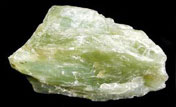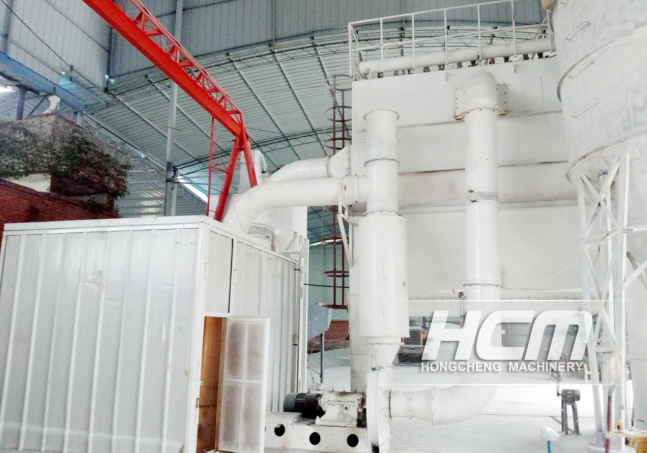Welcome to Guilin HCM Machinery Official WebSite!
Release date: 2019-11-14 09:36:37
When it comes to talc, you first impression may be white lumps. In fact, talc can be pink, green, gray and black in addition to white. Among them, black talc is widely distributed in China, and talc powder has a huge market potential and demand.

How does talc turn black?
Black talc includes black and gray-black talc. With more than 92% talc content, about 5% quartz, and about 2% organic matter such as organic carbon. The reason why it is black or dark gray is due to the 2% organic matter.
The raw ore of black talc is in loose block, with gray and black spots, 12.5% water content. It is hard to soluble in water, and the dry powder is slippery.
The main chemical components of black talc are magnesium oxide and silicon oxide, and a small amount of aluminum oxide, iron oxide, titanium oxide, sodium oxide and potassium oxide.
Resource distribution of black talc
Black talc is widely distributed in China and has abundant reserves and you will need Talc powder solution. The proven reserves are 600-800 million tons. According to the geological features of mineralization, black talc can be divided into three categories: regional metamorphism, hydrothermal metasomatism and weathering sedimentation.

Application of black talc
(1) Ceramic industry
Both black talc ore and calcined black talc have been widely used in the ceramic industry. The ore is mainly used as a raw material for green body, and calcined talc is mainly used as a raw material for glaze. The excellence performance of black talc process makes it irreplaceable by other materials. Calcined black talc is also a good raw material for talc-used porcelain and art porcelain.
(2) Rubber industry
As the filler for rubber products, black talc has good dispersing properties and certain reinforcing properties. The produced compound features high elongation, high tear strength, high rebound rate and low wear.
(3) Plastic industry
Black talc and calcined talc can be used as a plastic filler. We can add the black talc powder of 3% to 5% carbon black into the plastic products if necessary. Calcined talc powder can be used for plastic products requiring increased hardness and strength due to its high hardness.
(4) Coating industry
Talc is soft and in low abrasiveness, and has good property of suspension and dispersibility. As processed by talc grinding mill, it can be used as a filler, it can be used not only to improve the water resistance and impermeability of the coating film, but also to improve the abrasion resistance of the coating film.
Black talc ultrafine powder has a very considerable market, is mainly used in paint and coating industry, the mainly fineness required in the market are 800mesh, 1250mesh, 2000mesh, and 2500 mesh.
Black talc ultrafine powder processing
The deep processing of black talc ultrafine powder mainly includes two processes of calcination and grinding. According to the different processing order, it divided into first First calcined and then ground,Calcined after grinding. Let’s have a comparison.
·First calcined and then ground
Advantages: simple process flow and low production investment.
Disadvantages: low whiteness, about 85%
·Calcined after grinding
Advantages: even whiteness, up to 92%
Disadvantages: It is easy to sinter or in red and white color.